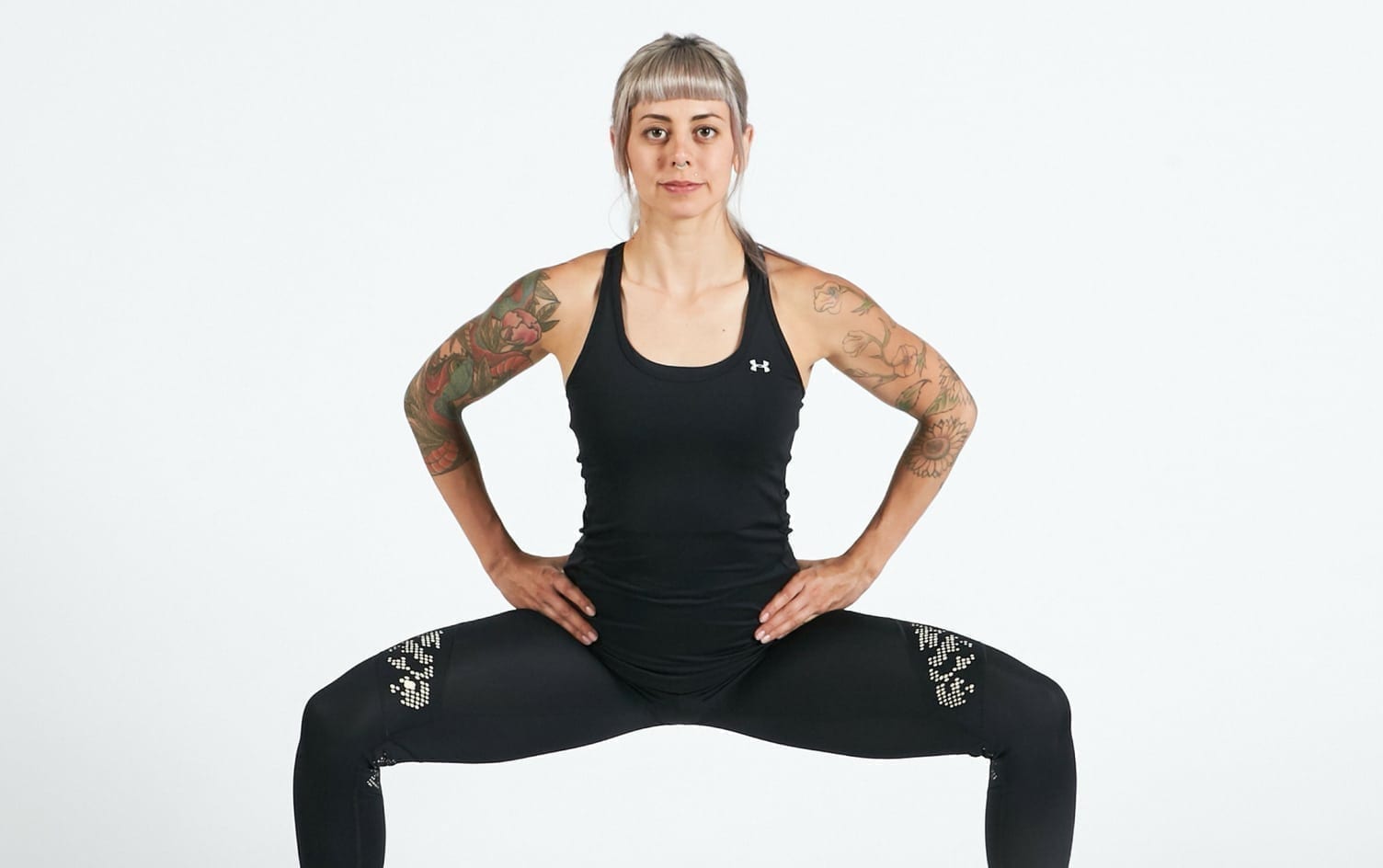If you want to feel good and move comfortably, you’ve got to do more than just exercise. That’s where durability and mobility come in. These concepts aren’t new, although in recent years they’ve been gaining a lot more traction in the fitness community.
Durability is centered around two main concepts, says Cristian Plascencia, the senior durability coach at Onnit Academy in Austin, Texas. First, you want to stay ahead of potential injuries. And second, when a breakdown does occur, you want to decrease your recovery time.
“The idea is around building a resilient nervous system and physical body with movement and breathing practices to ensure that joints are working appropriately, and soft tissue is able to move and glide with as little restrictions as possible,” he says. Running a fast mile or hoisting a ton of weight is nice, but if you don’t take care of your body, you can’t expect to perform at your peak or to keep up your physical fitness as you age.
THE DIFFERENCE BETWEEN MOBILITY AND FLEXIBILITY
And then there’s mobility. The word is often interchanged with flexibility, but according to Plascencia, they’re actually quite different. “Flexibility is the ability for your joints to bend freely without pain or injury or what many people would call range of motion.” He says, “Mobility encompasses flexibility, but it also speaks to the individual having the neurological strength to control a movement, which assists in building a more durable body.”
Incorporating durability and mobility exercises into your training regimen not only improves your movement during daily life, but also allows you to continue your physical endeavors into the future — and all while mitigating injury risks. So, to help you do just that, we asked Plascencia to share a few of his favorite exercises for increasing joint mobility and tissue elasticity. Give them a whirl.
STANDING SPINAL WAVE
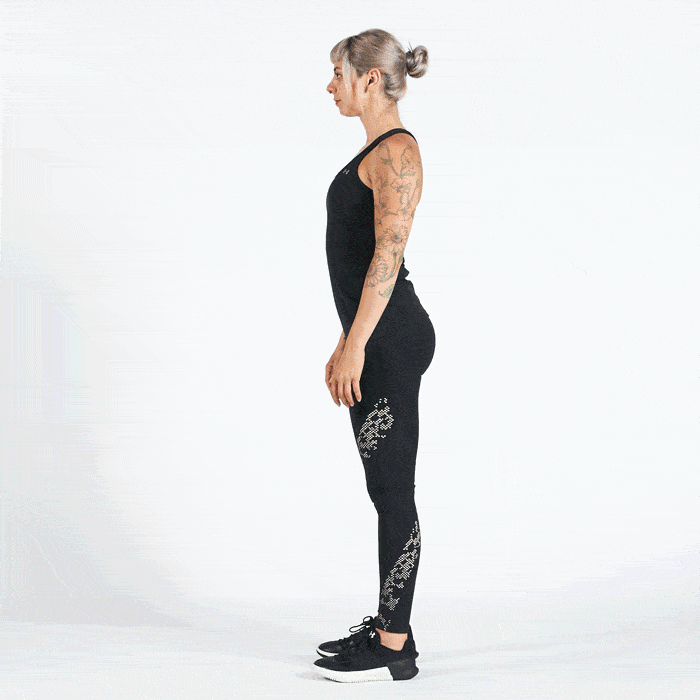
This full-body mobility exercise focuses on restoring elasticity into the tissues situated around your spine.
The move: Start by standing in a neutral position with your feet hip-width apart. Tuck your chin and begin by rounding your shoulders, upper back, middle back and lower back as you move toward the floor so you’re folded over your thighs. At this bottom position, with your knees bent, reverse the wave as you allow your knees to roll forward over your toes and push your hips and pelvis forward to reverse the movement up, eventually ending with your head and chest pulled up to the ceiling, standing in a neutral position.
SHOULDER SCREWS
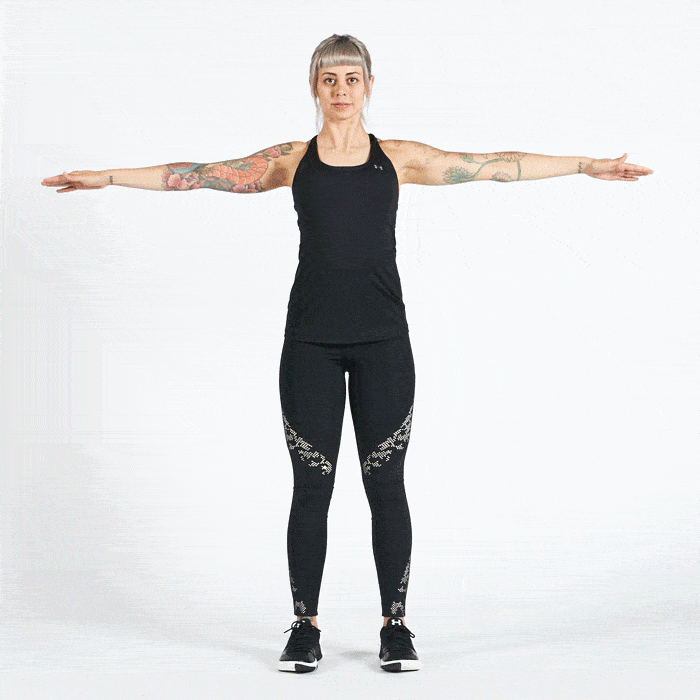
Shoulder screws are aimed at increasing joint mobility as well as restoring elasticity around the soft tissue of the upper back and shoulder blades.
The move: With your feet about hip-width apart, raise your arms out to your sides in a locked-out position at shoulder height. Shrug one shoulder up to your ear then roll that shoulder blade forward while keeping both arms locked out and at shoulder height. To finish, simply roll that shrugged shoulder back into a neutral position and repeat on the opposite side.
EGG BEATERS
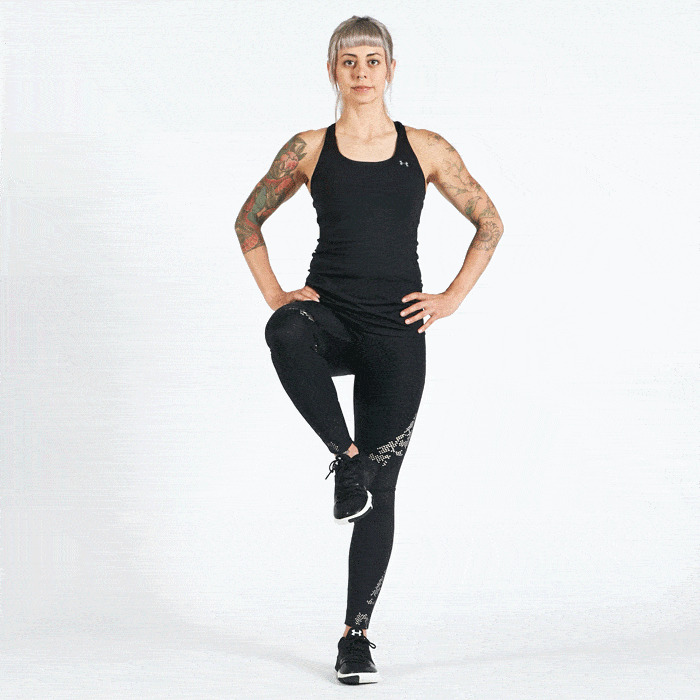
The standing egg beater is a hip drill aimed at increasing the activity and function of your hip capsule, says Plascencia.
The move: Start by standing on one leg and raising the opposite leg off the ground so the thigh is parallel to the floor, and the knee is bent at 90 degrees. Kick out your raised leg until it’s locked out in front of you. Keeping your quad steady, pull your heel in to your standing knee, then rotate it the other direction, away from your body. Then move it back out into a locked position. Complete this egg beater motion several times, then reverse the direction. Switch legs, and repeat. Here’s a helpful visual.
OVERHEAD SHOULDER CIRCLES

This shoulder capsule drill increases the function of your shoulders, scapulas and arms in an overhead position.
The move: Begin with your feet hip-width apart and your arms locked out overhead. Pull your shoulders down into your shoulder capsule (the opposite of shrugging your shoulders up). Then begin making small circles with your arms, trying to keep a soft bend in your knees while your rib cage and belly button stay on a tight, compressed line. Make sure to circle in both directions.
SUMO SQUAT
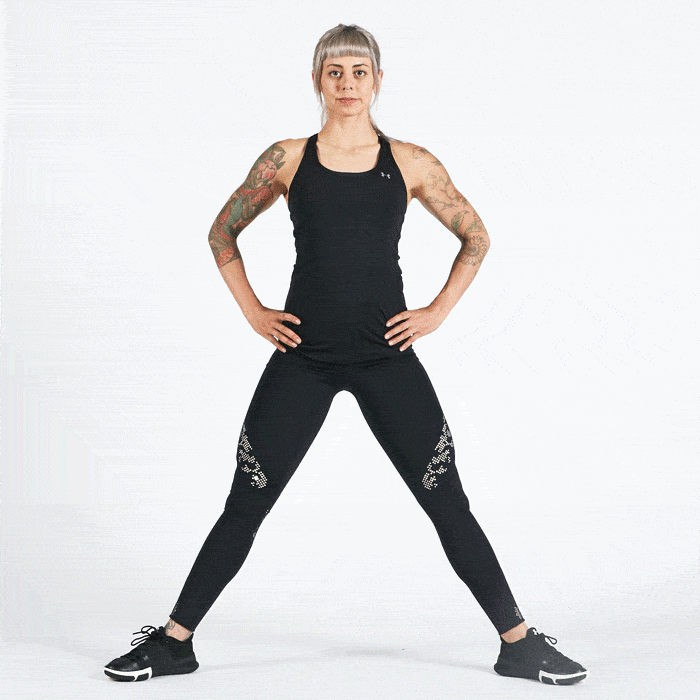
The sumo squat is a lower-body exercise aimed at increasing awareness and mobility around the hip, pelvis, knees and ankles.
The move: Begin with your feet a bit wider than hip-width apart and your toes facing outward at about 45 degrees. Drop your hips into a squat position so your knees go slightly over your toes. As you move up and down, don’t push your butt too far back, like you would in a normal squat. Instead, keep your shoulders and hips in a vertically-aligned position as you move from top to bottom. If you’re new to the move, try holding onto a band or rope in front of you for stability.
